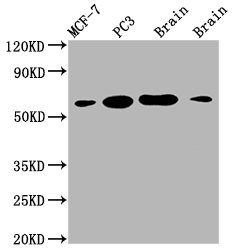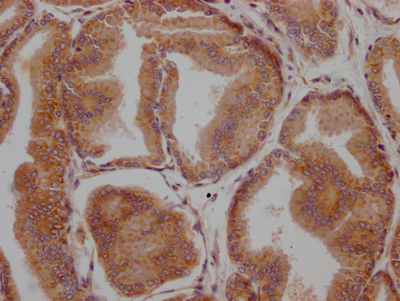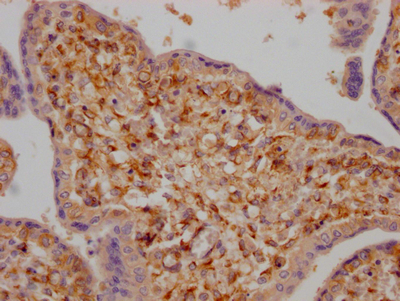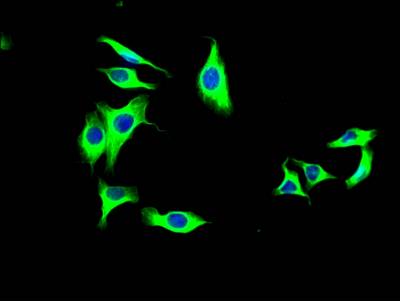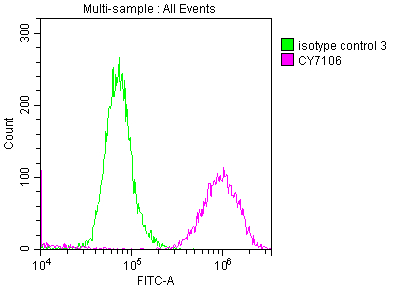The DNA sequence coding for the LOXL2 monoclonal antibody produced from the animals with recombinant human LOXL2 immunization was cloned into the expression vector, which was further transfected into a cell line for in vitro expression. The product is the recombinant LOXL2 monoclonal antibody. It specifically recognizes and detects the LOXL2 from human, mouse, and rat samples. It belongs to the rabbit IgG. The affinity-chromatography purification method was used to purify this LOXL2 antibody. This LOXL2 antibody has been validated for use in ELISA, WB, IHC, IF, and FC analyses.
Similar to LOX, LOXL2 promotes the cross-linking of collagen and elastin in the extracellular matrix (ECM). LOXL2 is also involved in the regulation of signaling pathways inside or outside the cell. Disorders of LOXL2 lead to diverse diseases, such as fibrosis, heart disease, and cancer. The expression and function of LOXL2 in tumor progression vary among tissue types. Over-expression of LOXL2 promotes tumor metastasis.

